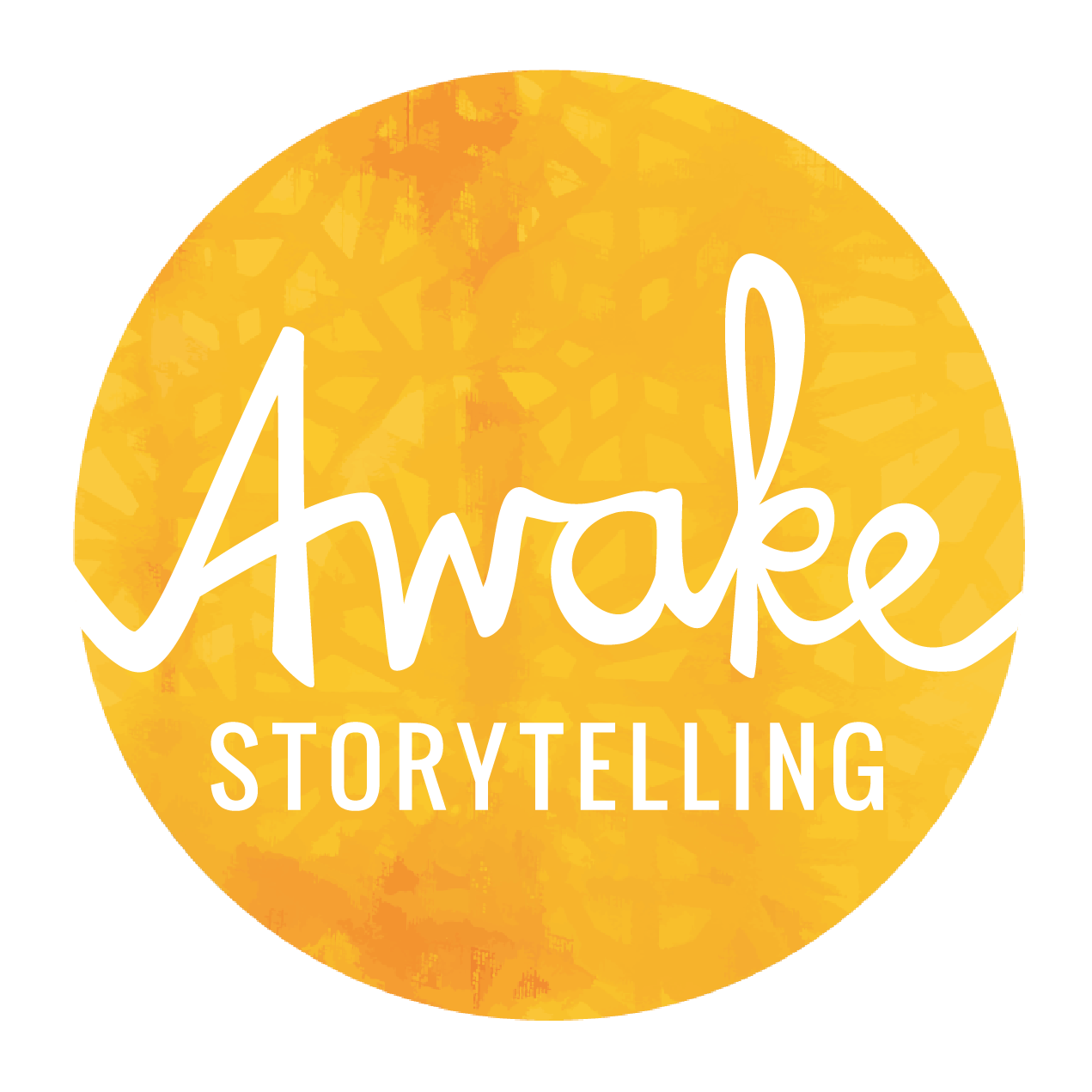For too long, nonprofit storytelling has been shaped by the constraints of the capitalist charity model—a model that prioritizes donor satisfaction over systemic change, individual success stories over collective struggle, and immediate funding goals over long-term liberation. But what if our storytelling could do more than just raise money? What if it could help dismantle the very systems that make nonprofits necessary in the first place?
The Limits of Traditional Nonprofit Storytelling
Nonprofit storytelling has largely been shaped by a funding system that requires organizations to appeal to those with money—often wealthy donors, philanthropic foundations, or corporate sponsors. This has led to harmful patterns in nonprofit narratives, including:
Centering donors instead of impacted communities: Many stories frame donors as the heroes, reinforcing power imbalances instead of addressing the root causes of injustice.
Focusing on individual resilience over systemic oppression: By uplifting feel-good success stories, nonprofits often obscure the broader conditions that make their work necessary.
Depoliticizing struggle: Many nonprofits avoid naming the systemic forces—capitalism, white supremacy, colonialism, patriarchy—that perpetuate harm, fearing that political clarity will alienate funders.
This model asks nonprofits to survive within an unjust system rather than challenge the system itself. But storytelling has the power to do more.
Storytelling as a Tool for Collective Liberation
What if we used nonprofit storytelling not just to sustain organizations, but to mobilize movements? What if instead of catering to donor expectations, we told stories that empowered communities, exposed injustice, and fueled systemic change?
Liberatory storytelling within the nonprofit sector means:
Centering impacted communities as the protagonists of their own stories: Not as passive recipients of charity, but as agents of change who are leading the fight for justice.
Naming oppressive systems explicitly: Instead of vague narratives about “overcoming adversity,” we must identify capitalism, colonialism, and white supremacy as the forces that create suffering.
Framing fundraising as movement-building: Asking for money is not just about organizational survival—it’s about redistributing resources to fuel resistance, solidarity, and systemic change.
Shifting from scarcity to abundance: The charity model relies on a mindset of scarcity, where nonprofits compete for limited resources. A liberatory approach recognizes that our collective liberation is interconnected and that building power together is the path to abundance.
What This Looks Like in Practice
Radical Transparency: Instead of tailoring messaging to avoid upsetting funders, nonprofits can be upfront about the systemic change they are working toward.
Community-Led Narratives: Prioritizing stories created by and for impacted communities, rather than filtering them through the lens of donor expectations.
Accountability to Movements: Ensuring that nonprofit messaging aligns with and uplifts broader social movements, rather than sanitizing narratives for palatability.
At Awake Storytelling, we are committed to using video as a tool for collective liberation. We believe that nonprofit storytelling can and must go beyond the capitalist charity model. We don’t just create fundraising videos—we create movement-building tools. We craft narratives that expose injustice, seed liberatory visions, and mobilize people to act.
If you’re a nonprofit leader or marketing manager, we invite you to rethink the way your organization tells its story. Not just to secure the next grant cycle, but to build the world we actually want to live in.
Are you ready to tell stories that move beyond charity and toward liberation?
